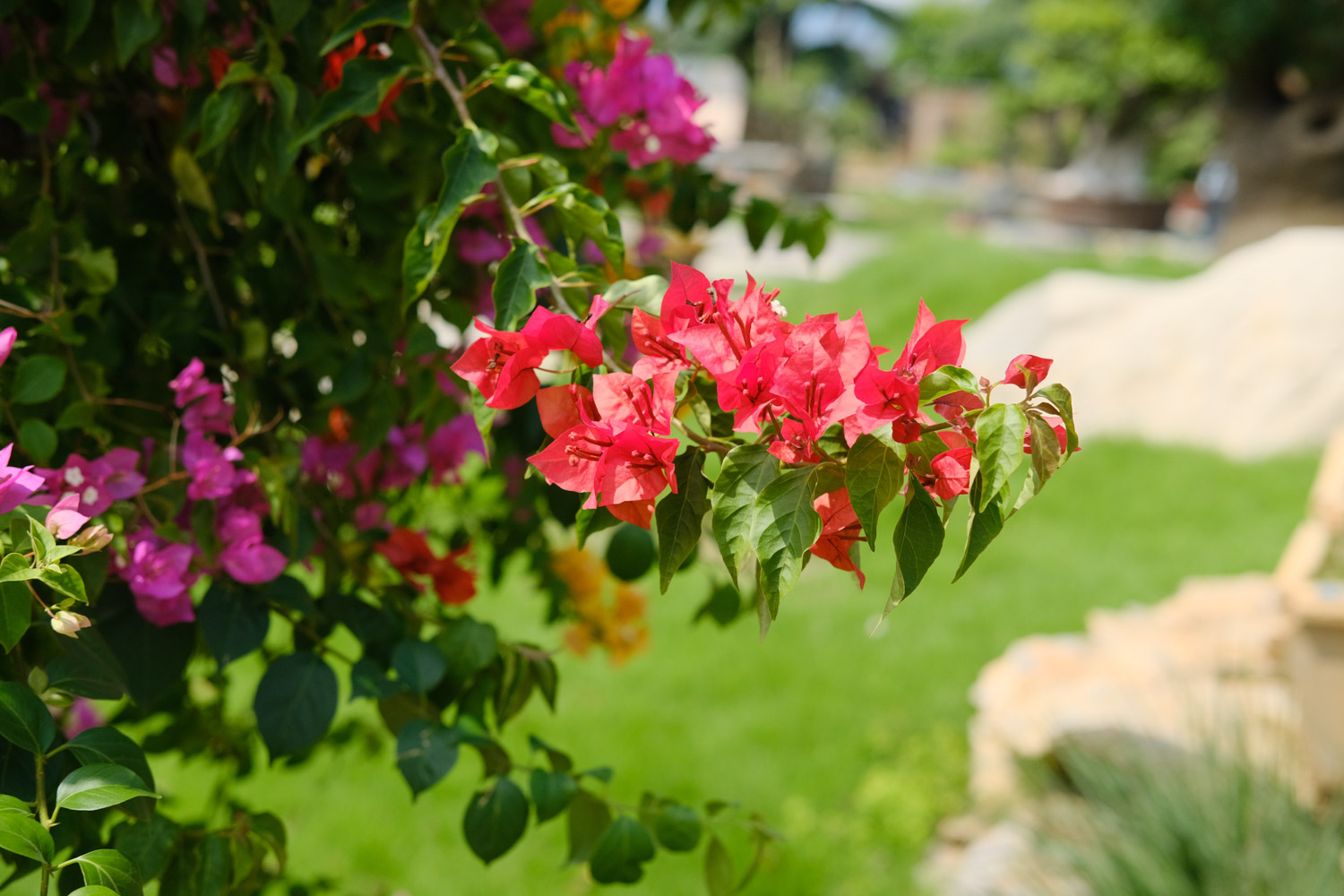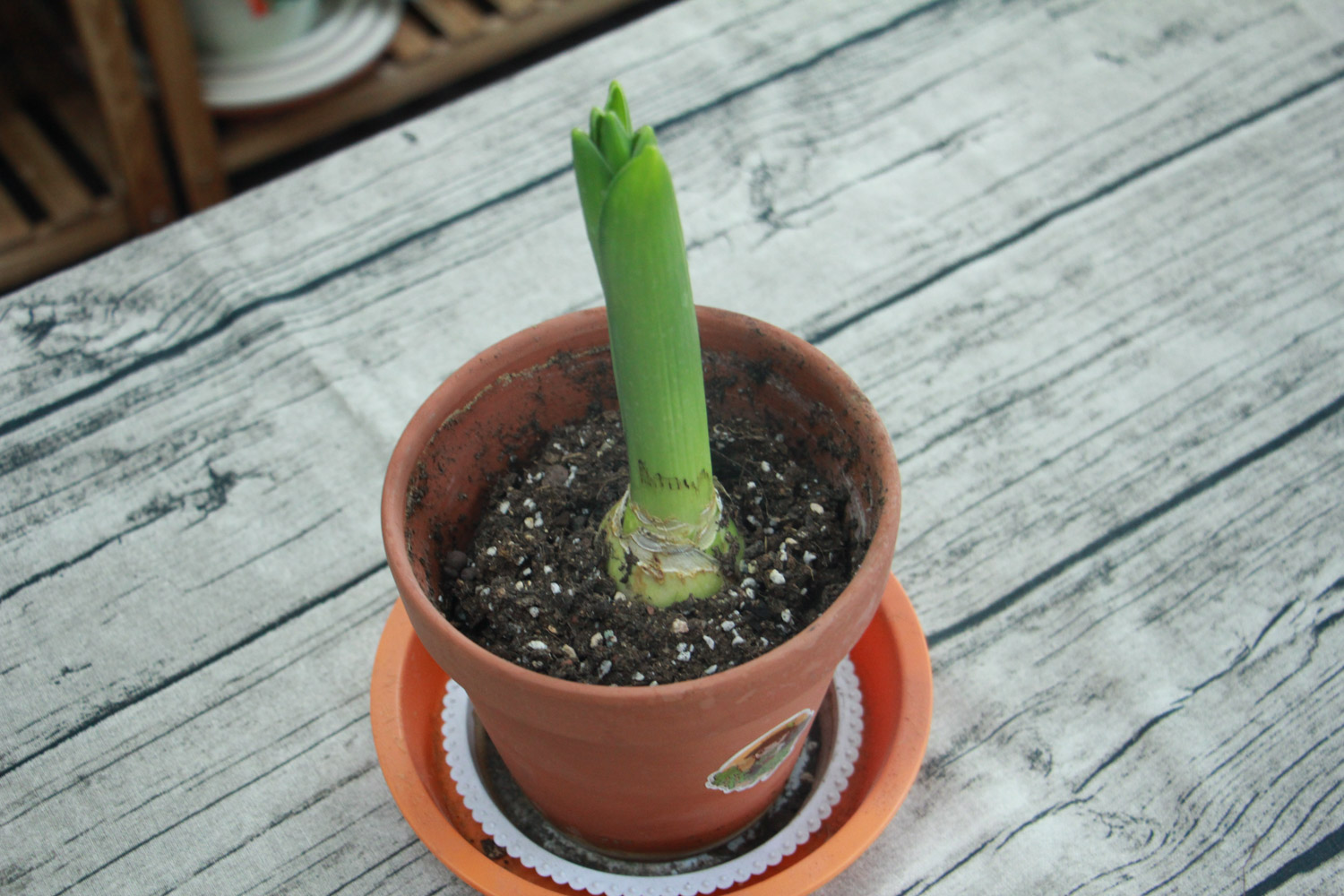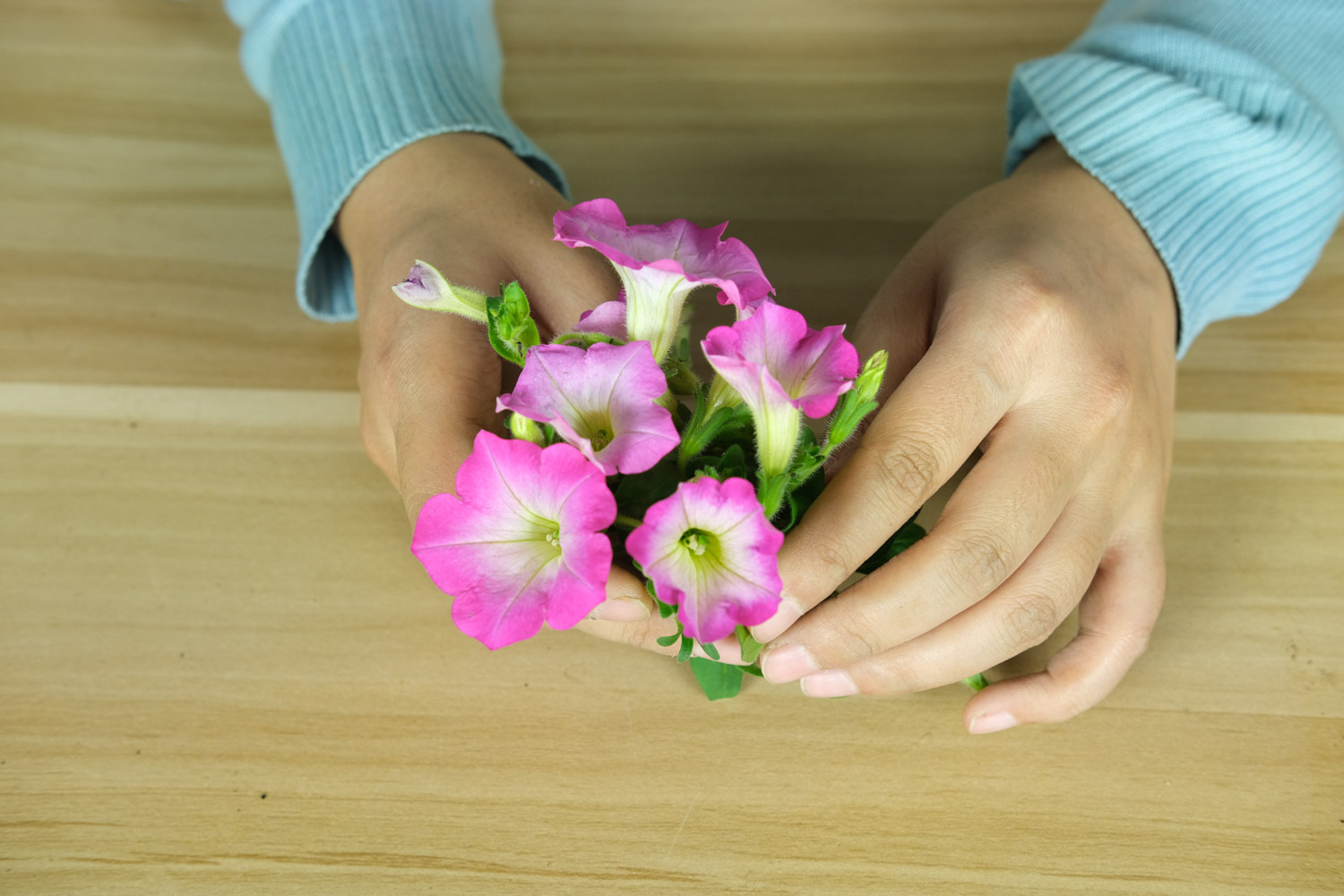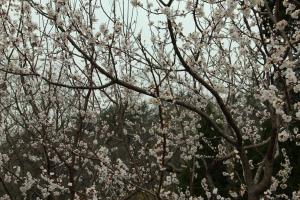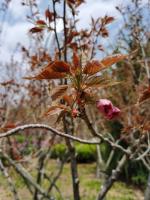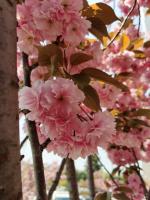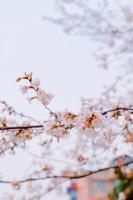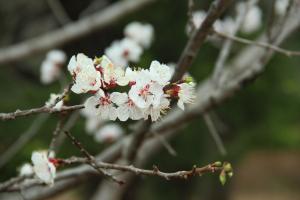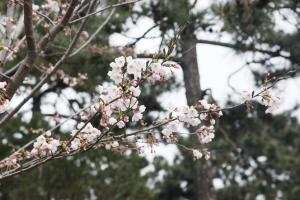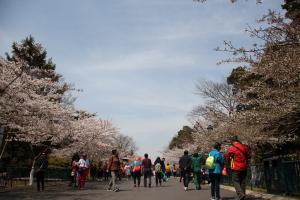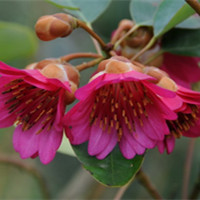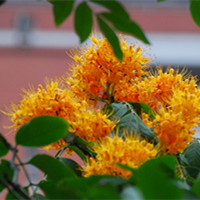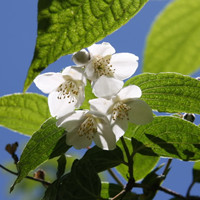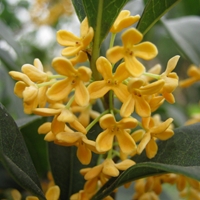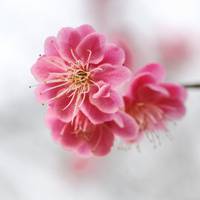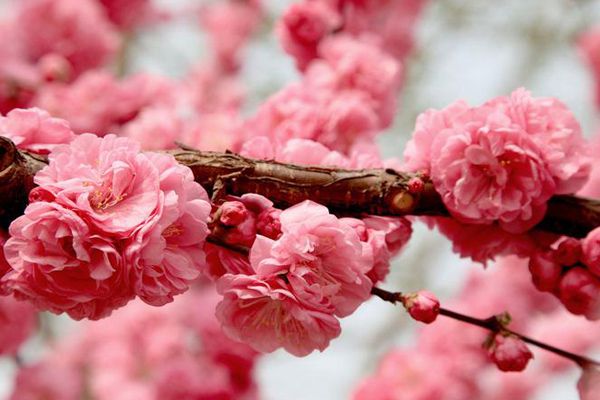
Another name for Cherry Blossom
Sakura, also known as mountain Sakura, also known as fairy Sakura, Fukushima Sakura, green skin Sakura and Jingtao. A plant of the subgenus Prunus in the Rosaceae
Morphological characteristics of cherry blossoms
The bark of cherry blossoms is purplish brown, smooth and shiny, with horizontal lines. Flowers and leaves alternate, leaves are oval or obovate oval, with awn teeth at the edge, sharp and glandular at the apex, dark green on the surface, shiny and slightly light on the back. Stipules are lanceolate linear, the edge is finely divided into serrations, and there are glands at the crack end. There are three or five flowers in each branch, forming umbrella shaped flowers. The sepals are horizontally developed, and the apex of the petals is notched, white, red and pink. The flowers bloom with or after the leaves in March
Living habits of cherry blossoms
Cherry blossoms like sunshine, like warm and humid climate environment, and have lax requirements for soil. They grow best in deep and fertile sandy soil, have shallow roots, and have weak resistance to smoke, harmful gases and sea tide wind. Saline alkali resistant soil. The root system is shallow, avoid ponding and low-lying land. It has certain cold and drought resistance, but weak resistance to smoke and wind. Cherry blossoms are extremely beautiful. In full bloom, the trees are full of brilliance, like clouds and clouds. They are famous ornamental flowers and trees blooming in early spring
Species classification of cherry blossoms
Common species of cherry blossoms
1. Japanese cherry blossoms. The dry skin is dark gray, the leaves are oval, the apex is gradually pointed or the tail is pointed, the edge is awned, fine pointed, double serrated, the tooth end is glandular, there are 2 glands at the upper end of the petiole, the stipules are strip-shaped, glandular teeth, the flowers are multi double petals, white, pink or rose red, the drupe is spherical, the diameter is about 1 cm, and it is purple black at maturity. This species has two varieties: ① Caixia Japanese cherry, double petals, large, rose red; ② Pink Japanese cherry, double, medium, pink
2. Sakura. Also known as green cherry. The dry skin is miliary brown, the leaves are mostly elliptic lanceolate, the apex is often caudate, the edge has sharp single sawtooth or double sawtooth, the tooth end has glandular thorn awn, the leaf surface is pale green and smooth, the back is slightly covered with white powder, the midvein is hairy, and the young leaves are often brown. The petiole has 2-4 glands, the flower is single or double, white or pink, the fruit is ovoid and spherical, and black when ripe. It may be a native species of China. It is common in the mountains of North China, with fast growth, strong germination ability and anti dust. It is often used as the rootstock of cherry, and the nucleolus can be used as medicine
3. Han Ying. The flowers are small, light red single-layer petals. If the climate is warmer, cherry blossoms will bloom around the middle of January. Therefore, it is not named hot sea cherry. It is speculated that it should be a mixture of Hanfei cherry and mountain cherry
4. Xiushan Temple Hanying. The flower size is medium, red purple single-layer petal. The cherry growing in the courtyard of Xiuchan temple in Izu Peninsula is presumed to be a mixture of Hanfei cherry and Oshima cherry
5. Hanfei cherry. The flowers are small, dark red and purple single-layer petals. There are also wild cherry blossoms growing in Taiwan, so they are also called Taiwan Fei cherry and Fei Han cherry. The flowers are fishing bell shaped, which presents a special feeling when combined with them
6. Hejin cherry. The flowers are medium-sized, single-layer red purple petals. The early spring cherry growing in Hejin Town, Izu Peninsula is presumed to be a mixture of Hanfei cherry and Oshima cherry
7. Sakura Oshima. The flowers are large in size and single-layer white petals. They grow in Izu seven island and Fangzong peninsula. The wild cherry blossoms that are very strong to the sea breeze. The cherry leaves used in Cherry cakes are the leaves of this kind of cherry blossoms
8. Daisy cherry. The flowers are small in size, like white chrysanthemum petals. They are small cherry blossoms of Odin cherry series growing in Miyan shrine in Niigata county. They have more than 100 kinds of precious and rare cherry blossoms
9. American cherry. The flower size is medium, light red, single-layer petal. This is a variety cultivated in the United States by using the seeds of Yoshino InaI. Its original name was Shu, but it was renamed now because there is a cherry blossom with the same name in Japan
10. Count the plum beads in the temple. The flowers are large in size, like light red chrysanthemum petals. It is said that the cherry blossoms related to the master qinluan. The cherry tree growing in Meihu temple in Jinglai village, Niigata county has been designated as a national natural Memorial
11. Great cold cherry. The flowers are medium-sized, light red single-layer petals. The cherry blossoms growing in Ankang, Qiyu County, also known as Ankang cold cherry, are beautiful cherry blossoms that bloom about a week earlier than Tani Yoshino
12. And six garden chrysanthemum cherry. The flowers are large in size, like light red chrysanthemum petals. The cherry blossoms growing in Jinze and Liuyuan have more than 300 petals
13. October cherry. The flowers are medium sized, light red and multi-layer petals. They begin to bloom around October and will bloom again in the next spring. They are precious cherry blossoms that bloom twice a year
14. Nara Sakura. The size of the flower is medium, light red and multi-layer petals. It belongs to the Xiaying series. The cherry tree growing in Nara satisfaction hospital has been designated as a national natural Memorial
15. The other side of Edo. The flowers are small and light red single-layer petals. This kind of cherry has a very long life. It is speculated that shangaoshendai cherry (Wuchuan village, Shanli county) and danmo cherry in genwei Valley (genwei village, Qibu county) have lived for more than 1000 years
16. Winter cherry. The cherry blossoms, with a single white petal and medium size, bloom twice a year (spring and Autumn). A considerable number of such cherry blossoms have been planted in Yingshan Park in ghost Stone Town, Gunma County, among which "winter cherry of sanbochuan" is the most famous
17. Yongyuan temple. The flowers are large and white with multiple petals. They grow in the courtyard of Yongyuan temple in Shiga county. The flowers are large and white
18. The city is the tail of the original tiger. The size of the flower is medium, light red and multi-layer petals. It grows in Shiyuan, zuojing District, Beijing city. Because the branches extend outward for a long time and the flowers grow densely, like the tail of a tiger, Dagu Guangrui named it the tail of a tiger in Shiyuan
19. Too white. The size of the flower is large, white single-layer petals. The cherry blossom presented to Japan by British Cherry Blossom researchers in 1932 has become extinct in Japan. Taibai is named by yingsi Xinfu, Duke of the Yuan Dynasty
20. Royal coat yellow. The size of the flower is medium, green and yellow, with multiple petals. It has been widely known since ancient times. It is a cherry blossom with rare colors
21. Songyue. The size of the flower is large, light red and multi-layer petals. The cherry blossom formerly grown in Arakawa embankment in Tokyo is a very beautiful Octopus cherry
22. Sister back. The size of the flower is large, with red multi-layer petals. The cherry blossom located in Hirano shrine in Kyoto gets its name because it has two pistils and two fruits
23. Guanshan. The flower size is large, dark red and multi-layer petals. It is a representative variety of double cherry. It is also widely planted in Europe and America. In addition, the salted petals of this cherry are also used in Cherry soup
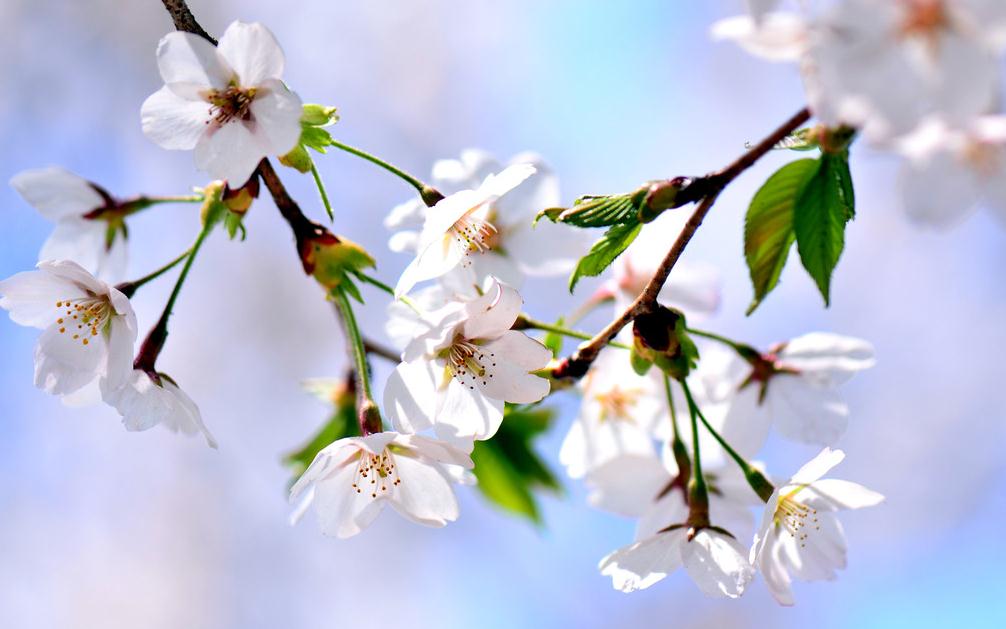
Common cultivated varieties of cherry blossoms
1. Cherry blossoms, deciduous trees. The height is about 5 ~ 25m. The bark is dark chestnut brown, smooth and shiny, with horizontal lines. Branchlets glabrous. Leaves ovate to ovate elliptic, margin awned, semimature teeth, glabrous on both sides. Corymbose or raceme with white or light pink flowers. The diameter is 2.5 ~ 4cm, and the flowering period is April ~ May. Prism fruit is spherical, black, ripe in July
2. Japanese evening cherry, about 10m high, with light gray bark. Leaves obovate, margin with long awn teeth; The flowers are single or double, drooping, pink or nearly white, fragrant, with 2 ~ 5 flowers. The flowering period is April
3. Japanese Sakura is a small tree, about 5m high, with transverse bark and old tree bark. Branchlets brown, leaves obovate to ovate lanceolate. The pollen is red, with a diameter of 2 ~ 2.5cm. 2 ~ 5 flowers are in umbels and bloom before leaves in spring
4. Cherry tree, 12 ~ 20m high, with brown bark, purple brown twigs and oval leaves. The pollen is red, with 2 ~ 4 clusters, diameter of 3 ~ 5cm, and flowering period of 3 ~ April
5. Yunnan cherry, about 10m high, has brown bark, purple brown twigs, oval or obovate leaves, and double teeth on the edge. The pollen is red to crimson, 2 ~ 5 in clusters, and the flowering period is 2 ~ 3 months
6. Sakura family, about 25m high, light brown bark, green twigs, long oval to lanceolate leaves, red pollen, flowering from January to January of the next year
7. Mountain cherry: mostly wild, small flowers, single petal, white or pink, pedicel and flower respect are hairless
8. Hairy cherry blossom: its shape is basically the same as that of mountain cherry blossom, but its leaves, handles and flower respects have hair
9. Double white cherry blossom: white flower, double petal, which is the main cultivated variety
10. Double red cherry blossom: pollen red, double
11. Red and white cherry blossom: light red, double petals
12. Magnificent cherry blossoms: light red flowers, straight petals, large flowers and long pedicels
13. Hanging branch cherry blossom: pollen red, double petals, flower branches open and drooping
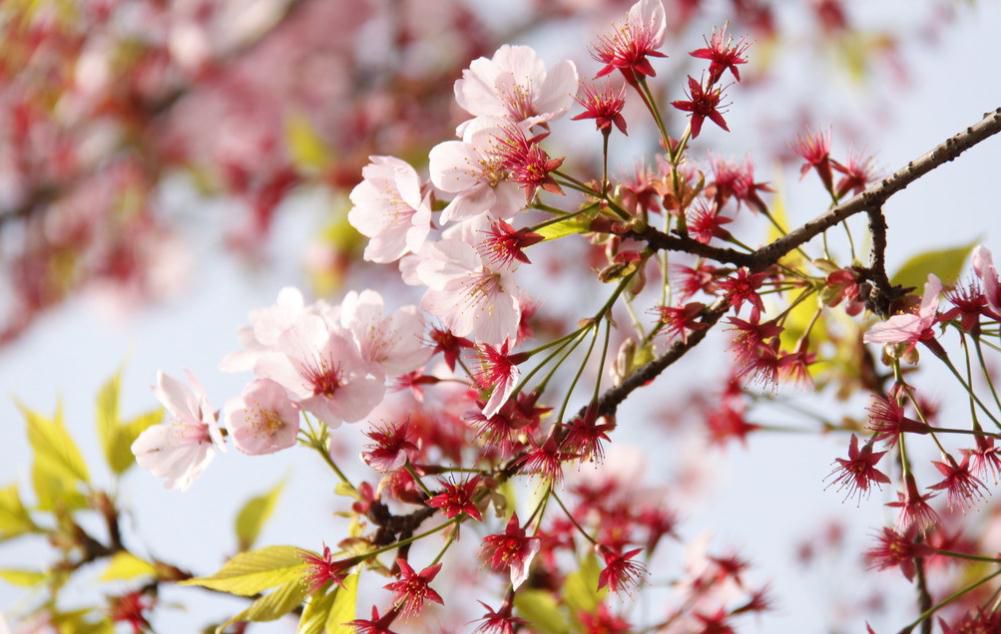
Cherry Blossom language
Cherry Blossom language - life. It is said that in the past, there were only white cherry blossoms. The brave warrior chose to cut his belly under his beloved cherry tree. Because when a warrior thinks he has reached the glory of life, he will choose to end his life. Therefore, the blood flowed under the cherry tree. From then on, the cherry blossoms opened a red... The redder the petals of the cherry blossoms, the more dead souls under the tree, and the more embodied the "Japanese spirit"
Cherry Blossom language - warm, pure and noble. Sakura's life is very short. There is a folk saying in Japan that "Cherry Blossom 7 days" means that it takes about 7 days for a cherry blossom to wither, and about 16 days for the whole cherry tree to wither from flowering, forming the characteristics of cherry blossoms blooming and falling. It is this feature that makes cherry blossoms so attractive. It is honored as the national flower not only because of its charm, but also because of its "heroism" that withers after a short period of brilliance. The Japanese believe that life is short. Living should be as brilliant, pure and beautiful as cherry blossoms. Even if you die, you should leave decisively. When the cherry blossoms fall, they are not polluted or dyed. They are very simple and neat. They are respected as a symbol of the Japanese spirit
The same cherry blossoms represent different meanings
Cherry Blossom language: life, happiness, never give up all your life, love you all your life, the law of destiny is to cycle, waiting for you to come back
Sakura YAMAMOTO: smile at you, spiritual beauty
Western cherry blossom: kind education
Winter cherry blossom: the mystery of the East
Double cherry blossom: quiet / pure
Sakura grass: Youth / no other love except you
Cherry blossom: pure / noble / weak


